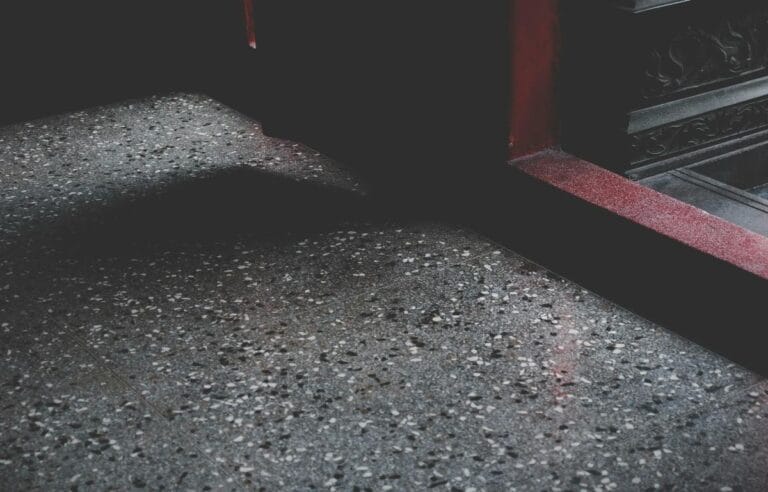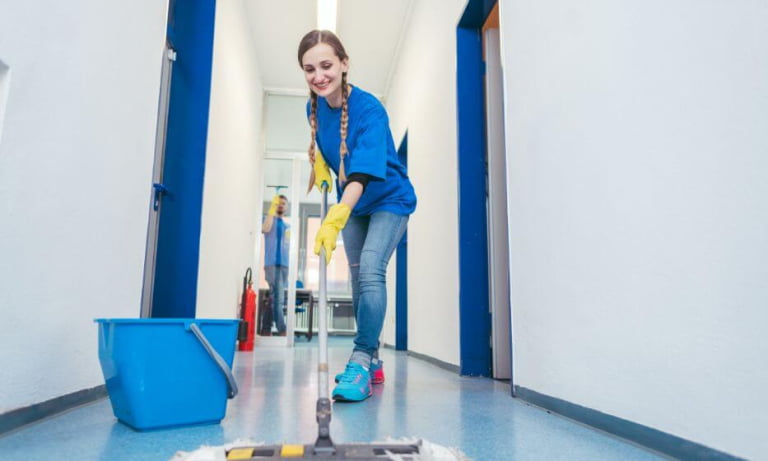Museum directors are responsible for maintaining cleanliness and hygiene in their facilities. Therefore, they usually hire professional cleaning companies to take care of this. Unfortunately, due to the epidemic situation, both directors and companies must take a closer look at the issue of disinfection in such facilities. It is known that most museum exhibitions cannot be disinfected with common means due to the obligation of conservation care. They are not chemically neutral and therefore may cause corrosion of crops. Museums contain many delicate and rare exhibits that need to be handled delicately. Fulfilling sanitary requirements may therefore conflict with the conservation obligation. However, there are areas that need to be disinfected regularly, taking into account the care of their surfaces.
Museums contain many delicate and rare exhibits that need to be handled delicately. Fulfilling sanitary requirements may therefore conflict with the conservation obligation. However, there are areas that need to be disinfected regularly, taking into account the care of their surfaces.
Reopening museum exhibitions to visitors
Online museums are becoming an alternative to a physical visit to a museum. Unfortunately, they are unable to reflect the real beauty that emanates when visiting the facility in person. Therefore, the reopening of museums and art galleries has sparked great interest among exhibit lovers. However, to ensure a safe visit, directors must ensure that all areas with which visitors may come into contact are properly disinfected.
Disinfection in museums is not an easy task. Companies cleaning this type of facilities are well aware of this and there are various surface disinfectants on the market. Companies are required to use safe and laboratory-tested measures. During the coronavirus crisis, these agents must also have a virucidal effect. Unfortunately, most available disinfection products are based on ethyl alcohol in a high concentration of 61%. This preparation is deadly to many surfaces, especially if used frequently. An alternative is the new product Clinex DEZOFast , which is based on a completely different active substance. Its broad spectrum of action also allows it to be used on all washable surfaces in museums. Of course, it should not be used directly on museum exhibitions, because most of them are delicate and chemically neutral elements. But for all other areas it will be an effective disinfectant.
What areas in museums require disinfection?
Museums are visited by many people, and each of them can carry a lot of pathogens on their hands. Therefore, all elements that visitors come into contact with should be disinfected. Such areas include:
- balustrades marking routes and separating objects from visitors,
- all touch-activated devices,
- machines with souvenirs, drinks, coffee and snacks,
- all washable elements in locker rooms,
- areas at checkout windows.
Until now, ordinary detergents were used to clean the above-mentioned areas. However, in the event of an epidemic in the country, it is necessary to replace them with professional cleaning and disinfection preparations. By choosing proven and tested products, we guarantee their effectiveness, which translates into the safety of visitors. It is worth emphasizing here that, for example, Clinex DEZOFast can replace all washing detergents. It is a laboratory-tested agent that inhibits the development and spread of pathogens, and is nearly 7 times more effective in disinfection than 61% ethyl alcohol. This is confirmed by research conducted by Dr. Sławomir Sułowicz, a microbiologist from the University of Silesia in Katowice.
How to clean museums to make them free from microorganisms?
When reopening museums, the Ministry of Health imposes a high standard of cleanliness on the directors of these institutions. Therefore, they employ companies that professionally deal with cleaning. To guarantee high standards when it comes to hygiene, it is necessary to be equipped with professional cleaning products and accessories. Additionally, employees of such companies should be properly trained in maintaining cleanliness in museums.
As mentioned earlier, in such institutions we deal with many exhibits made of various materials. There is no room for error or oversight here. The entire process of maintaining order must be carefully planned from A to Z. Sticking to the schedule and precision translate into results. In the case of museums, we are talking about maintaining order not only in the areas intended for visitors, but also in other rooms such as toilets, cloakrooms or office rooms. Many museums are additionally equipped with machines, e.g. with souvenir coins, coffee or snacks. These elements require special attention because they are touched by different people. Apart from the cash register and toilets, they are the biggest habitat for microorganisms!
Choose a solution for the dirt
A cleaning cart should contain everything necessary. To limit the amount of cleaning agents, it is worth choosing a preparation that will not only remove dirt, but also disinfect the cleaned surface. Clinex DEZOFast concentrate will replace previously used detergents and will allow disinfection immediately after washing the surface. The ability to dilute it with water in the right proportion allows you to save a lot of money. When preparing a 1% solution, the agent is suitable for cleaning large surfaces, e.g. floors or furniture. The 6% solution is a strong disinfectant that can be used on all waterproof surfaces. DEZOFast is an economical solution that will save time and money in every cleaning company. As a product with a broad spectrum of action, it can also be used in museums.






